Heritage-breed turkeys, although generally rare, are gaining popularity in recent years due to their smaller size, gamier flavor, and darker leg meat compared to commercial-bred turkey varieties. One interesting breed is the Beltsville small white turkey.
Beltsville small white turkeys are a rare turkey breed that was first developed through a breeding program to answer consumer demands for a smaller-sized bird. They are a mix of the White Austrian, Narragansett, Bronze, White Holland, and Wild turkeys.
To know more about the Beltsville small white turkeys, their history, appearance, distinctive characteristics, temperament, and other interesting information, read this article!
Beltsville Small White Turkey History
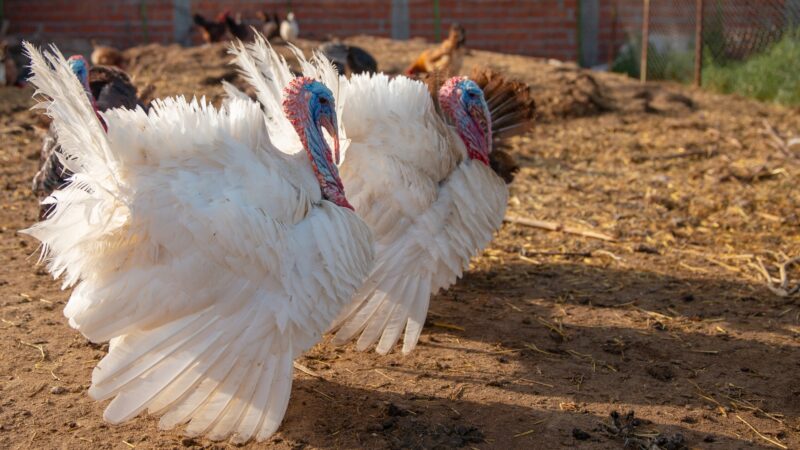
Beltsville small white turkeys were developed by the Beltsville Agricultural Research Center (BARC) in Beltsville, Maryland, through a breeding program from 1934 to 1941. This project was done to fill consumer demands for a smaller-sized bird. The researchers used the White Holland, Bronze, White Austrian, Narragansett, and Wild turkey to develop this breed.
By 1951, the American Poultry Association had officially recognized the Beltsville small white as a turkey variety. Commercial production boomed to 19,000,000 individual birds in 1954. However, these numbers continued to decline until the early 1970s.
However, during the 1970s, the bird almost became extinct due to less popularity in the hotel and restaurant industry. Although the breed was considered a good family turkey, most processors preferred larger-sized turkeys as more slices can be obtained using them. During this period, the Broad Breasted White turkey overshadowed the popularity of Beltsville.
Continued conservation efforts in the United States and Canada are helping these turkeys survive. Today, although they are rare, flocks are still kept by breeders and researchers. Acquisition of this breed for home flocks is quite rare. Fortunately, there has been considerable interest in the Beltsville small white in recent years.
Does Beltsville Turkey Have White Meat?
Beltsville turkey has white meat. It is also known to be buttery and has a satisfying, rich, and sweet flavor.
Beltsville Small White Turkey Identification
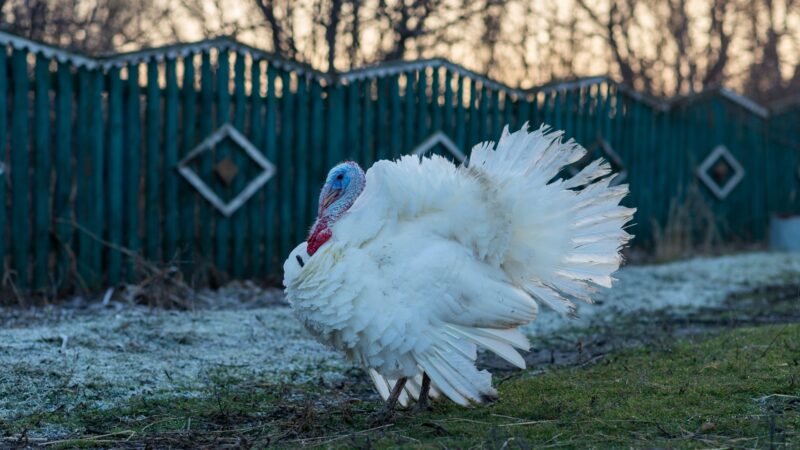
What Do Beltsville Small White Turkeys Look Like?
Small-sized turkey with entirely white plumage, bluish-white to the redhead, dark brown eyes, black beard, horn-colored beak, and pinkish-white toes and shanks.
How Long Does a Beltsville Small White Turkey Live?
Beltsville small white turkeys live a productive lifespan of around 3 to 7 years, similar to wild turkeys’ life expectancies.
How Big Do Beltsville Small White Turkeys Grow?
Beltsville small white turkeys currently have no official size measurements as of this writing. However, since they are small, they may measure up to 36 inches in height.
Are Beltsville Small White Turkeys a Heavy Breed?
Beltsville small white turkeys are a light breed. Hens weigh 10 pounds, while toms weigh 17 pounds.
Beltsville Small White Turkey Wingspan
There is currently no information for their wingspan as of this writing.
What Is Beltsville Small White Turkey Known For?
Beltsville small white turkeys are generally grown for their meat. However, they are rare and are mainly raised by exhibition breeders, which means the turkeys are raised for their aesthetic and show value.
Where Do Beltsville Small White Turkeys Originate?
Beltsville small white turkeys come from Beltsville, Maryland as a result of a breeding program.
What Are the Distinct Characteristics of a Beltsville Small White Turkey?
Beltsville small white turkeys are known for their excellent reproductive qualities as they can mate naturally and are selected, bred, and taken care of by small-scale producers. On the other hand, other turkey varieties require artificial insemination because they cannot reproduce naturally.
Beltsville Small White Turkey Temperament
Beltsville small white turkeys are generally good-natured birds with outgoing and friendly dispositions, but they may be both docile and aggressive, depending on how they were raised. Turkeys, in general, tend to be slightly grumpier than chickens and ducks.
What Do Beltsville Small White Turkeys Eat?
Beltsville small white turkeys can eat almost anything they pick up. Still, they feed primarily on berries, insects (such as worms, grasshoppers, beetles, and grubs), green plants, forbs, nuts (Chinese chestnuts and hickory nuts), and a wide variety of grass seeds. They may occasionally eat acorns and snails.
Are Beltsville Small White Turkeys Friendly?
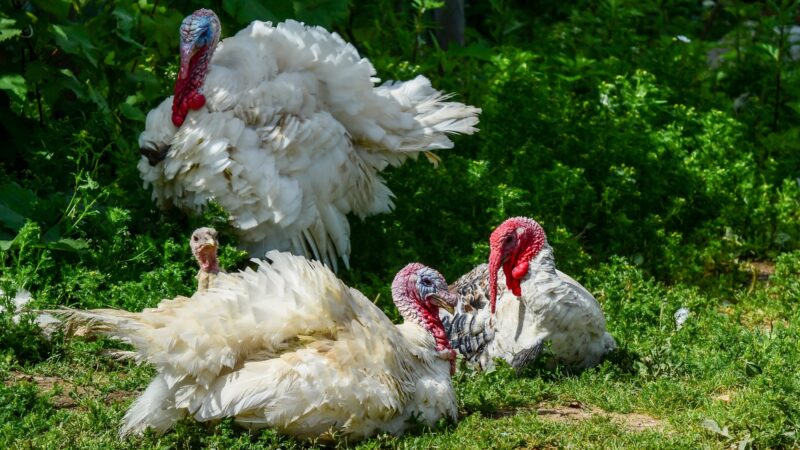
Beltsville small white turkeys are friendly. Also, they may be docile and have outgoing personalities.
How to Tell Male From Female Beltsville Small White Turkeys?
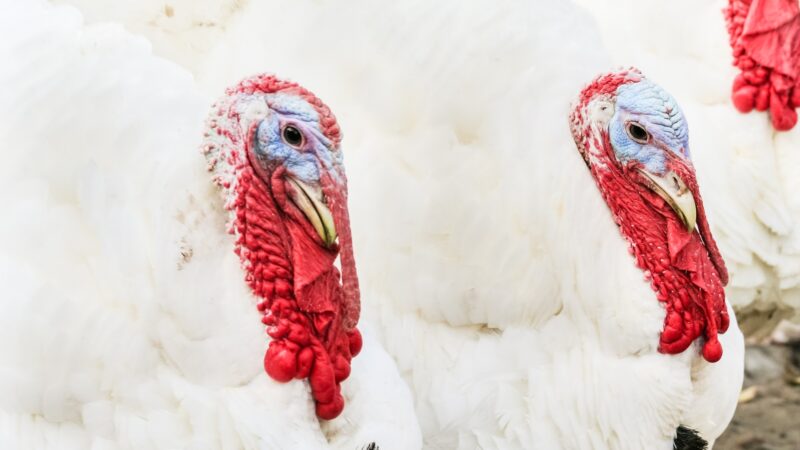
Toms, or males, are usually larger compared to hens or females. They also have larger snoods (the fleshy material found hanging on their heads) and caruncles (fleshy bump-like structures on top of their necks).
Additionally, they will grow beard-like hair projections. Toms are also known to strut.
Are Beltsville Small White Turkeys Aggressive?
Some Beltsvilles are known to be aggressive. However, they are generally good-natured, so it depends largely on how their owners raised them.
Are Beltsville Small White Turkeys Good Egg Layers?
Beltsville small white turkeys are known to be excellent layers and have good reproductive qualities. They can reproduce naturally, without the help of artificial insemination, compared to other turkey varieties.
How Often Do Beltsville Small White Turkeys Lay Eggs?
Like all other turkeys, Beltsville small white turkeys lay one clutch of eggs a year.
What Egg Color Do Blue Beltsville Small White Turkeys Lay?
Beltsville small white turkeys produce eggs that have a pale cream to medium brown coloration with a reddish-brown spotting.
How Many Eggs Do Blue Beltsville Small White Turkeys Lay?
Beltsville small white turkeys lay 150 to 180 large eggs a year. It makes them prolific egg layers.
Are Beltsville Small White Turkeys Broody?
Beltsville’s small white turkeys are broody when they aren’t laying any eggs since they lack maternal instincts. As such, this decreases the chances of its eggs hatching.
Are Beltsville Small White Turkeys Loud?
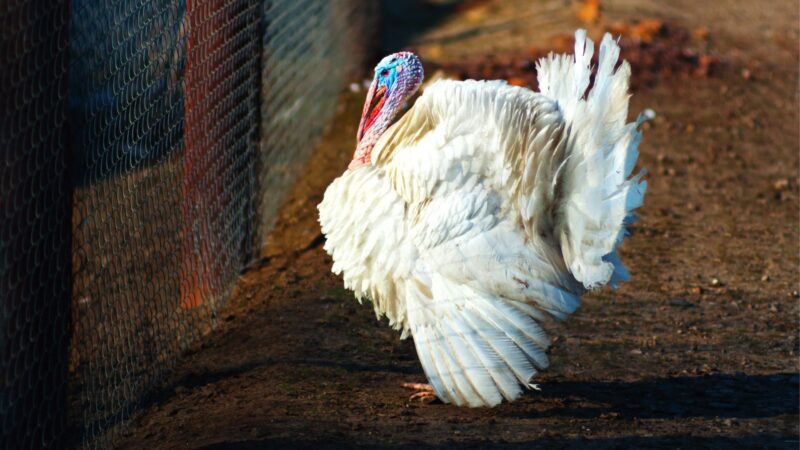
Generally, turkeys are known to be relatively quiet birds compared to chickens, but they gobble, which may get very loud.
How Much Is a Beltsville Small White Turkey?
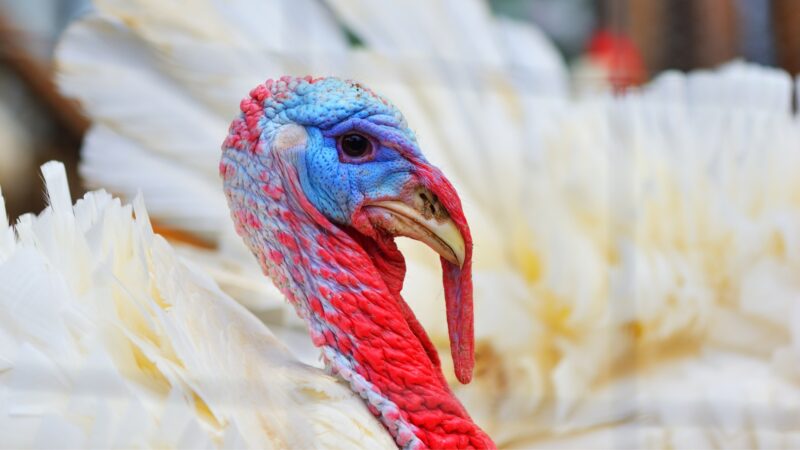
Beltsville small white turkeys cost around $5 for hatching eggs, $19 for day-old poults, and $30 for starter turkeys. However, you will notice that it’s rare to find sellers of this turkey breed as it is rarely grown nowadays.
Beltsville Small White Turkeys Care
Housing
You can raise turkeys indoors with cleanable floors to easily control parasites and predators. Each turkey needs 6 square feet of space.
You can use a separate building, a garage, or a room in a barn. You can also construct a structure with roosts if you can. However, this may expose the birds to predators.
Bedding
Use 3 to 4 inches of wood or dry pine shavings for turkey litter. They should be leveled so there are no valleys or hills in them.
Avoid using sawdust since the turkeys may eat it instead of the food provided to them and then starve to death. Avoid newspapers either, as these may cause leg injuries for young poults.
Feed
For poults, provide a turkey starter feed for their first 6 weeks. 1 pound of turkey started is enough for 1 poult. One should have at least 28% protein.
At weeks 6 to 8, they can be fed with 24% protein-filled finisher turkey feed; from weeks 8 to 12, only 18% protein. Make sure the feed is placed on an accessible feeder.
Water
Provide a constant and fresh supply of water to the birds. The containers should be regularly washed, disinfected, and rinsed thoroughly.
Brooding Area
Pouls should be placed in a temperature-controlled environment. The brooder should have a heat lamp, feeder, and water container. Give them time to get used to their new homes.
Adjust the temperature accordingly by observing the way they are sitting. Usually, you should set the lamp at 100°F. However, if they huddle together near or stray from the heat source, raise or decrease the temperature by 1 to 2°, respectively.
Medication
When the poults reach 6 weeks of age, provide them with a growing ration of medication against blackhead disease.
List of Sources
The Beltsville Small White: A Heritage Turkey
Heritage Turkey Production Research: It’s Profitable but More Difficult
